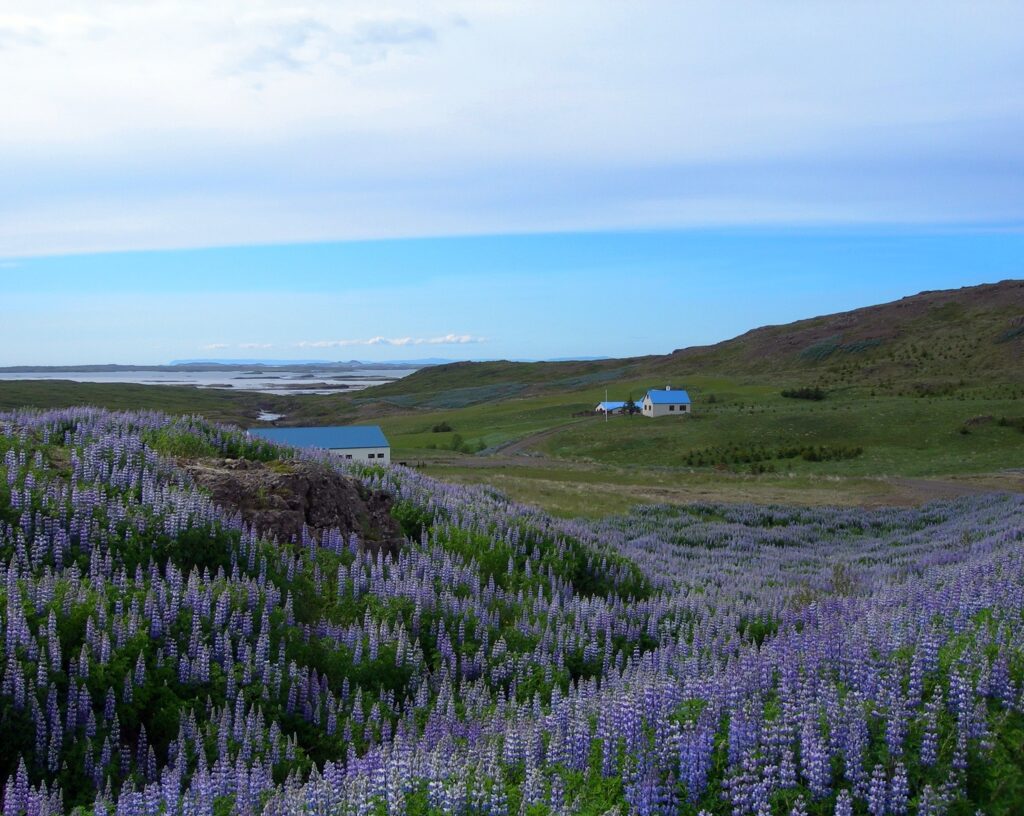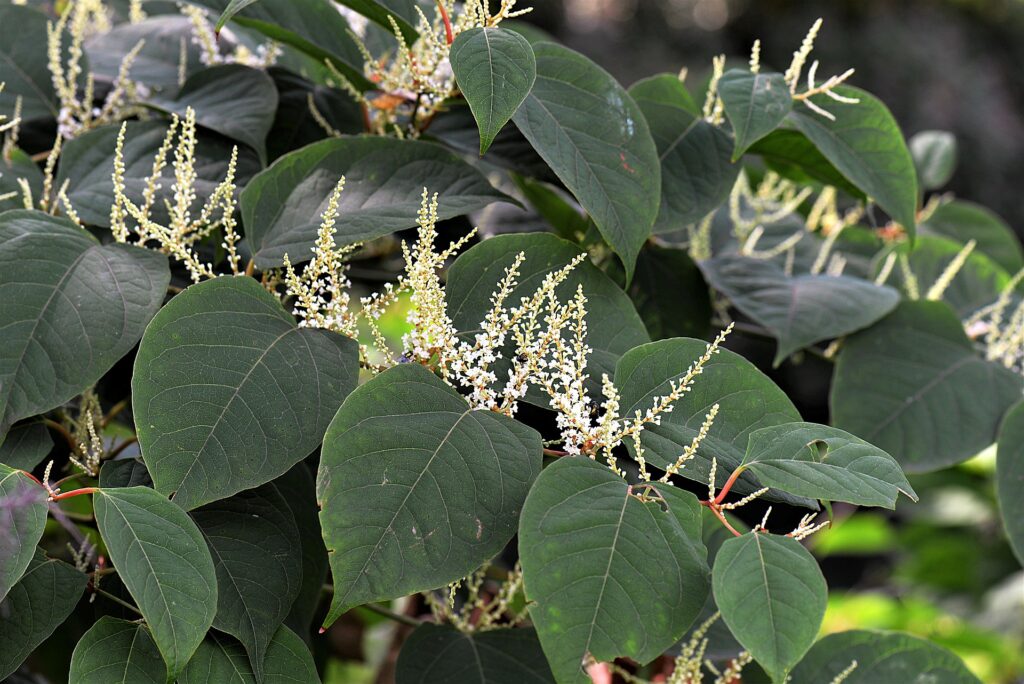SoilSteam is working actively with academia to understand how to fight alien invasive plants that create a large threat to many EU countries as well as in the US.
Did you know that alien invasive plant species are one of the major causes of damage to biodiversity worldwide? Increased international trade and imports of soil, plants, and plant products seem to be the main reason for the introduction of these species. Meanwhile, climate changes facilitate the establishment of new climatic areas, helping invasive plants to spread. Although these species are beautiful, they harm many of our ecosystems. Several action plans and strategies now exist to combat these invaders. In 2018, SoilSteam initiated a research project with the Norwegian Institute of Bioeconomy Research (NIBIO) to study how steam technology could combat invasive plant species in contaminated soil masses. The study, BIOIMMIGRANTS, which ended in November 2022, resulted in two scientific articles on the topic of soil steaming.
The first article, Stationary soil steaming to combat invasive plant species for soil relocation (Bitarafan et al., 2021), looked at the effect of temperature and duration of steaming on five species.

- Bigleaf lupine (Lupinus polyphyllus)
- Himalayan balsam (Impatiens glandulifera)
- Common wild oat (Avena fatua)
- Canada goldenrod (Solidago canadensis)
- Bohemian knotweed (Faloppia x bohemica)
They concluded that steam treatment is highly effective when used to kill the test species and that soil disinfection with steam can prevent alien species from being spread by soil relocation.
The second article, Soil steaming to disinfect barnyardgrass-infested soil masses (Bitarafan et al., 2021) deals with the different temperatures and exposure durations needed to kill barnyardgrass (Echinochloa crus-galli), an extremely harmful species. It concludes that “soil steaming can guarantee very good control of barnyardgrass seeds in infested soil masses”.
Collaboration with academia as well as our own research is an integral part of what we do at SoilSteam. In 2019, SoilSteam received funding from the Norwegian Research Council for a project to find the optimal combination of temperature and time needed for steam to kill different harmful organisms and alien invasive species. The project, which will last until 2025, is called RessursRetur (translated to English: ResourceReturn). The project’s partners are NIBIO, Norwegian University of Life Sciences (NMBU), Lindum AS, Toten Løkpakkeri (onion packing plant), Larvik løk (onion packing plant), Norsk Landbruksrådgiving and Statens vegvesen.
This project investigates the effect of steam temperature and exposure time on 17 species.
- Yellow potato cyst nematode (Globodera rostochiensis)
- White potato cyst nematode (Globodera pallida)
- White rot (Sclerotium cepivorum) in onions
- Barren brome (Bromus sterilis)
- Barnyardgrass (Echinochloa crus-galli)
- Himalayan balsam (Impatiens glandulifera)
- Canada goldenrod (Solidago canadensis)
- Bohemian knotweed (Fallopia x bohemica)
- Giant hogweed (Heracleum mantegazzianum)
- Persian hogweed (Heracleum persicum)
- Common wild oat (Avena fatua)
- Rugosa rose (Rosa rugosa)
- Black nightshade (Solanum nigrum)
- Red elderberry (Sambucus racemosa)
- Common laburnum (Laburnum anagyroides)
- Japanese knotweed (Reynoutria japonica)
- Yellow loosestrife (Lysimachia punctata)
NIBIO will publish more reports about the findings of this project. So far, we can conclude that steam treatment kills all root parts and seeds of the invasive alien species tested in the project. It is only a question of determining the best temperatures and exposure times. By the end of the project, we will have a complete setup of the minimum durations and temperatures needed to fight the most invasive species.
You can read more about the project here: https://www.nibio.no/prosjekter/ressursretur-ny-vanndampteknologi-omdanner-biologisk-forurensede-jordmasser-og-planteavfall-til-nye-ressurser
The Norwegian names of the 17 test species: Floghavre, Hønsehirse, Sandfaks, Hagelupin, Kjempespringfrø, Parkslirekne, Kanadagullris, Kjempebjørnekjeks, Tromsøpalme, Gullregn, Rynkerose, Rødhyll, Svartsøtvier, Fagerfredløs, Hvit Potetcystenematode, Gul Potetcystenematode, Løkhvitråte.
